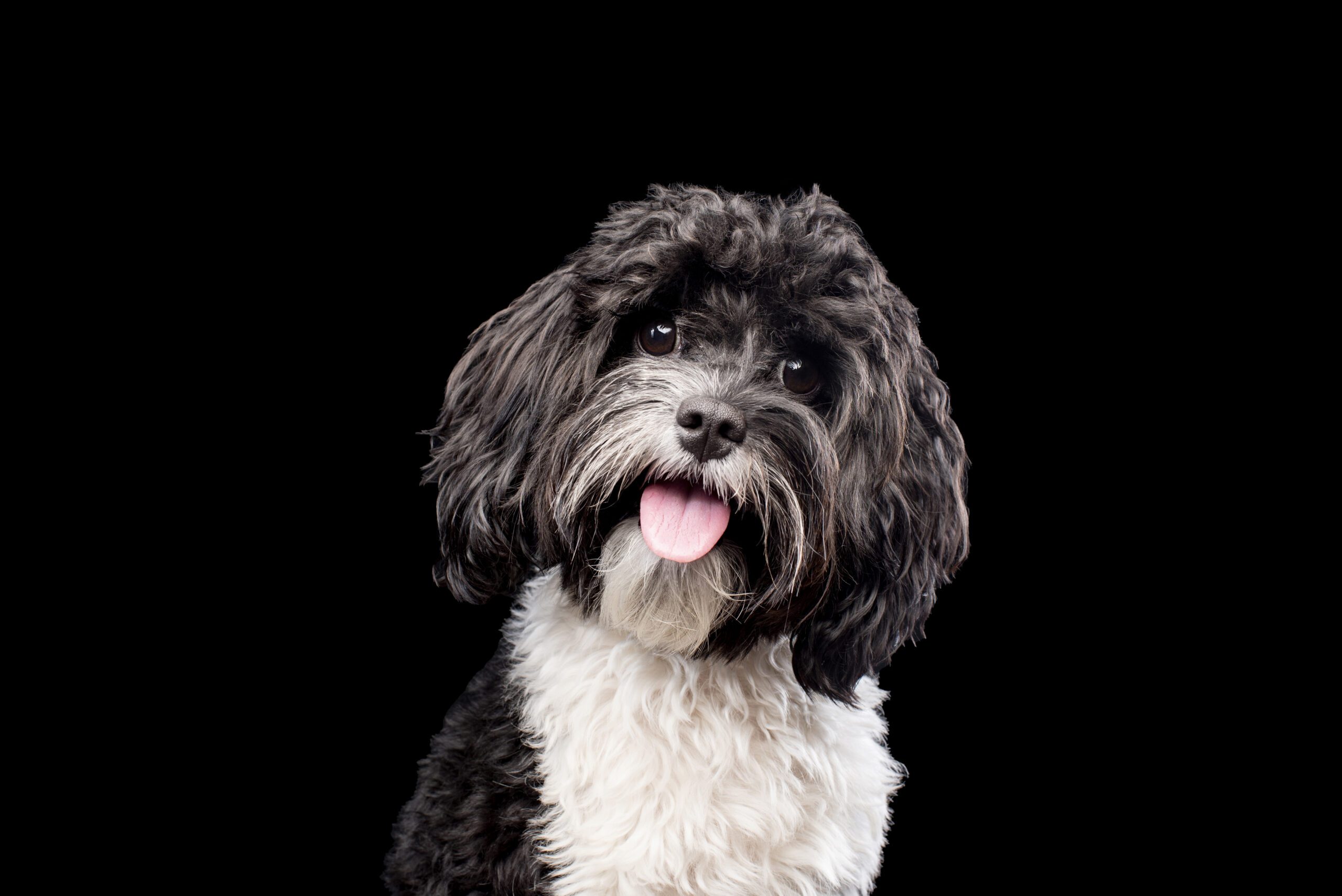 April is National Pet First Aid Month! We put together some of the most important ways to protect your pup from some more common emergencies. This is an introductory to general first aid for dogs, and we greatly encourage reaching out to your veterinarian and doing further research.
April is National Pet First Aid Month! We put together some of the most important ways to protect your pup from some more common emergencies. This is an introductory to general first aid for dogs, and we greatly encourage reaching out to your veterinarian and doing further research.
Eye injuries
Injuries to the eye are very painful and can threaten eyesight. If something in their eye (grass, stick, hair, etc.) can be seen, it could be possible to remove it by gently rinsing the eye with contact lens saline solution or an eyewash (make sure to check the ONLY ingredient is saline). Keep your pup from rubbing their eye with their paw, against furniture, or carpet.
Blood loss
If bleeding is from a cut pad or paw, apply a dressing using a piece of absorbent bandage or clothing. Something great to keep on hand is kwik-stop, which can quickly help stop bleeding from minor cuts and nail clipping. If bleeding persists, do not waste any more time and go to your veterinarian. A lot of bleeding wounds will require some medical or surgical treatment. The most important thing is to have your pup seen as soon as possible.
Burns and scalds
As quickly as possible, cool the burned area with cold water. Cover the area with damp towels. If an acidic substance caused the injury, rinse with cold water for 15 minutes and contact your veterinarian for further instruction. Pets exposed to heat or smoke from a fire should be given water as soon as the situation is stable.
Seizures
There are a variety of causes for seizures. These include eclampsia (milk fever in a nursing mother), toxicities, and epilepsy. All dogs that are seizing or have recently had a seizure should be kept in a dark, quiet, confined area until you can seek help. DO NOT reach into your dog’s mouth; they will not swallow their tongue, but you will get bit. Contact your veterinarian immediately.
Heatstroke
In hot weather, it’s most common for heat stroke to occur when dogs are left in cars without proper ventilation. Their body temperature rises dramatically, and initial signs include excessive panting and obvious distress; this can quickly progress to more extreme situations. Reduce your pet’s body temperature as soon as possible using cool water and keep them wet while transporting them to your veterinarian. Keep the car windows down, as this helps with evaporation which will help reduce body heat. Avoid cold water, ice, or ice water as this may drop their body temperature too quickly and cause further complications.
Induce vomiting
Suppose your pup gets into something they shouldn’t (chocolate, plants, grapes, house plant, etc.). Give them 3% Hydrogen Peroxide 1 tsp for every 5lbs (max 3 tbsp) if your pup doesn’t throw up, contact your veterinarian.
It’s hard to think of these situations ever happening to your pup, and we hope they never do. It’s always best to be as prepared as you can be so you can for if anything happens. There is a great at-home “Uh-oh Kit” from puppylation health. This kit is a medicine cabinet for your pup and is designed by a licensed veterinarian. This kit contains an assortment of over-the-counter medicines, instructions with proper dosages, and many other helpful things to get through non-emergent situations. We hope this was a helpful introduction to pet first-aid!

